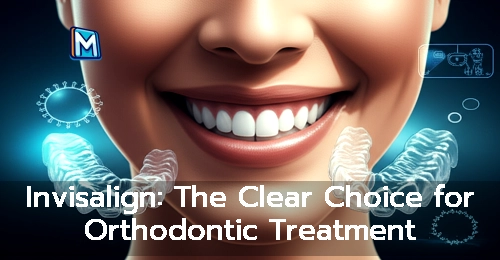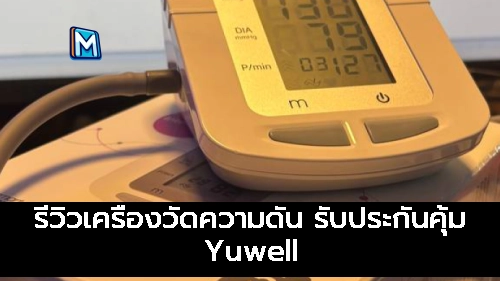Invisalign: Benefits Over Braces, Global Review
Invisalign has consistently gained traction as a preferred orthodontic solution, offering distinct benefits that set it apart from conventional metal braces. Recent reports and patient experiences from late 2024 and early 2025 across various international markets underscore these advantages, particularly concerning aesthetics, comfort, and lifestyle adaptability.
Unparalleled Aesthetics and Discretion
Perhaps the most universally cited advantage of Invisalign is its virtually invisible appearance. Unlike traditional braces with their noticeable metal brackets and wires, Invisalign uses clear, custom-made plastic aligners. This discreet nature makes it a highly attractive option, especially for adults and self-conscious teenagers who wish to straighten their teeth without compromising their professional or social appearance. Publications from Vancouver, Canada, to Singapore, consistently highlight the "nearly unnoticeable" quality as a primary draw, allowing patients to maintain confidence throughout their treatment.
บทความที่เกี่ยวข้องและแนะนำ:
Enhanced Comfort and Reduced Irritation
Invisalign aligners are made from smooth, flexible plastic, which significantly minimizes the irritation often associated with traditional braces. With no sharp wires or protruding brackets to poke at the cheeks and gums, patients generally report a more comfortable experience. While some initial pressure or soreness is common when switching to a new set of aligners, this discomfort is typically transient and less severe than the persistent irritation or mouth sores that can arise from metal components. As noted in a May 2025 article, the absence of bulky hardware contributes to a much smoother feel in the mouth.
Removability for Unrestricted Eating and Oral Hygiene
A major practical benefit of Invisalign is its removability. Patients can easily take out their aligners for eating, drinking (anything other than water), brushing, and flossing. This eliminates the dietary restrictions common with traditional braces (e.g., avoiding sticky, hard, or chewy foods that can damage wires or brackets). Furthermore, maintaining oral hygiene becomes significantly simpler, as there are no fixed appliances to clean around, thus reducing the risk of plaque buildup, tooth decay, and staining. This ease of cleaning contributes to better overall dental health during the treatment period, as highlighted by various dental clinics in their 2024/2025 guides.
Fewer and Potentially Shorter Office Visits
Invisalign typically requires fewer in-person visits to the orthodontist compared to traditional braces. Patients are often provided with multiple sets of aligners to change at home on a weekly or bi-weekly basis. While check-ups are still necessary to monitor progress, the digital workflow and potential for remote monitoring (a growing trend in 2025) mean less time spent in the dental chair. Some clinics even claim up to 50% fewer appointments and faster treatment times than average traditional braces, particularly for mild to moderate cases.
Predictable Results with Advanced Technology
Modern Invisalign treatment leverages cutting-edge technology, including advanced 3D imaging, Artificial Intelligence (AI), and machine learning. This allows for highly precise treatment planning, enabling both patients and orthodontists to visualize the projected outcome even before treatment begins. This digital precision ensures predictable tooth movements, contributing to effective results. Furthermore, advancements in aligner materials (like SmartTrack®) and attachment designs in 2025 have expanded Invisalign's capability to treat a wider range of cases, including some that previously might have only been suitable for traditional braces.
Considerations
While Invisalign offers numerous advantages, patient compliance is paramount. Aligners must be worn consistently for 20-22 hours per day to achieve the desired results. For very complex orthodontic issues, traditional braces may still be recommended due to their fixed nature and ability to exert more intricate forces. However, for those prioritizing aesthetics, comfort, and lifestyle flexibility, Invisalign remains a leading choice, continually evolving with technological advancements to offer a more seamless orthodontic journey.
In conclusion, the benefits of Invisalign over traditional braces are undeniable. As the world continues to evolve and prioritize convenience, comfort, and self-expression, it is no wonder that this innovative treatment has captured the attention of patients worldwide. With its unparalleled aesthetics, enhanced comfort, removability for unrestricted eating and oral hygiene, fewer and potentially shorter office visits, and predictable results with advanced technology, Invisalign stands as a testament to human innovation and the pursuit of perfection in the realm of orthodontic care.,
magazineasp












